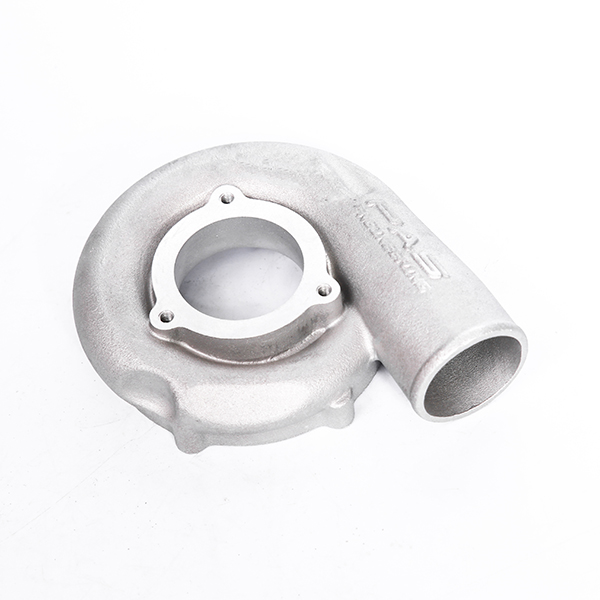Mobile:+86-311-808-126-83
Email:info@ydcastings.com
Understanding CF8 and CF8M Stainless Steel Grades and Their Applications
Understanding CF8 and CF8M Key Stainless Steel Alloys in Industrial Applications
In the world of metallurgy, materials play a critical role in determining the performance and longevity of various industrial components. Among the many stainless steel alloys, CF8 and CF8M have gained significant recognition for their excellent corrosion resistance, mechanical properties, and versatility, making them ideal choices for a broad spectrum of applications, particularly in the piping and valve industries.
What are CF8 and CF8M?
CF8 and CF8M are both austenitic stainless steel alloys that are commonly used for manufacturing castings. The designation comes from the American Iron and Steel Institute (AISI) classification system. CF8 relates to stainless steel with a composition similar to AISI 304, while CF8M reflects an alloy comparable to AISI 316. The main differences in composition lie in their levels of alloying elements, specifically nickel and molybdenum, which impart unique properties to each.
CF8 typically comprises around 18% chromium and 8% nickel, providing good resistance to oxidation and a general strength profile suitable for many environments. On the other hand, CF8M contains approximately 16% chromium, 10% nickel, and 2% molybdenum. The inclusion of molybdenum enhances CF8M's resistance to pitting and crevice corrosion, which is especially beneficial when the material is exposed to harsh chemicals or saline environments.
Applications of CF8 and CF8M
Both CF8 and CF8M are extensively used in various industries, including petrochemical, food processing, marine, and wastewater treatment applications. Their durability and resistance to corrosion make them suitable for manufacturing critical components such as valves, fittings, and pumps.
In the petrochemical sector, CF8M is particularly favored for its ability to withstand corrosive materials and high temperatures. This resilience ensures that systems function safely and efficiently, reducing the risk of equipment failure and maintenance costs. Similarly, in the food processing industry, CF8 is often chosen for its non-reactive properties that help maintain the purity and quality of products.
cf8 cf8m

In marine applications, where materials face constant exposure to saltwater, CF8M's enhanced resistance to corrosion makes it a prime candidate for components that must endure these harsh conditions without degrading over time.
Mechanical Properties and Performance
When it comes to mechanical properties, both CF8 and CF8M exhibit impressive strength and ductility. They can be easily fabricated, welded, and machined, making them adaptable to a variety of manufacturing processes. Their austenitic structure also imparts excellent toughness, even at sub-zero temperatures, which is crucial for structures subjected to fluctuating environments.
Another significant advantage of these alloys is their ability to maintain structural integrity in elevated temperature scenarios. While CF8 is suitable for moderately high temperatures, CF8M can withstand higher temperatures due to the added molybdenum, making it a reliable choice for components that must operate under thermal stress.
Corrosion Resistance A Comparative Overview
Corrosion resistance is one of the most vital factors to consider when selecting materials for industrial applications. While both CF8 and CF8M offer good resistance to general corrosion, the presence of molybdenum in CF8M provides a notable edge, especially in environments prone to chloride ion exposure. This resistance is critical in preventing pitting and stress corrosion cracking, which can lead to catastrophic failures if not adequately addressed.
Conclusion
In summary, CF8 and CF8M represent two of the most reliable stainless steel alloys available for industrial applications. Their distinct properties cater to different environmental challenges, with CF8M generally preferred for more corrosive settings due to its superior composition. As industrial demands continue to grow, the utility of these materials remains indispensable, making them foundational in industries that prioritize durability, safety, and performance. Understanding the differences between these two alloys, their applications, and their properties can help engineers and manufacturers make informed decisions, ultimately enhancing the efficiency and longevity of their projects.
-
Why Should You Invest in Superior Pump Castings for Your Equipment?NewsJun.09,2025
-
Unlock Performance Potential with Stainless Impellers and Aluminum End CapsNewsJun.09,2025
-
Revolutionize Your Machinery with Superior Cast Iron and Aluminum ComponentsNewsJun.09,2025
-
Revolutionize Fluid Dynamics with Premium Pump ComponentsNewsJun.09,2025
-
Optimizing Industrial Systems with Essential Valve ComponentsNewsJun.09,2025
-
Elevate Grid Efficiency with High-Precision Power CastingsNewsJun.09,2025











